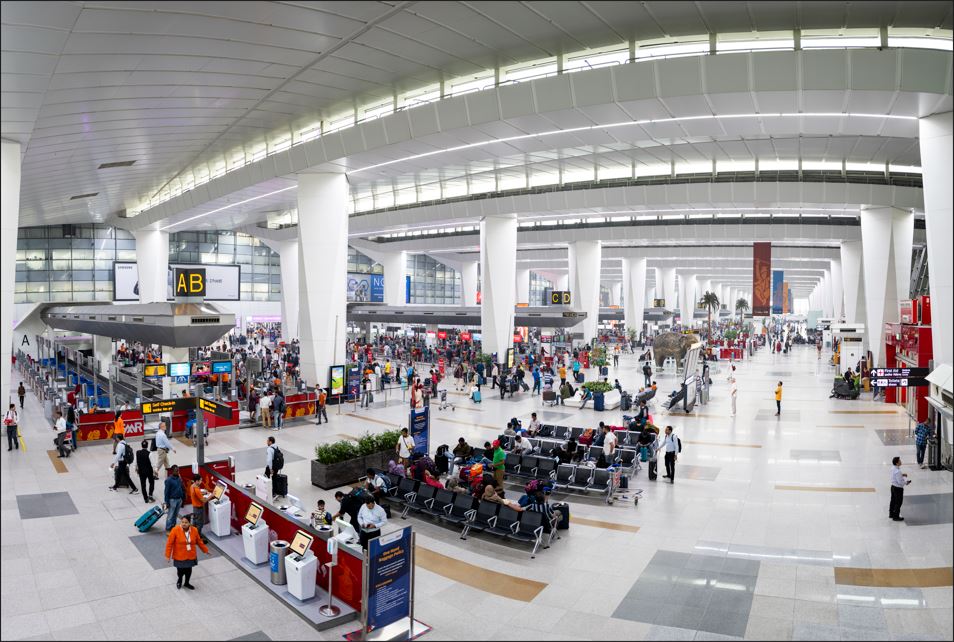
Airport capacity and demand management is essential for seamless operations, maximizing efficiency, and enhancing passenger experiences. As global air travel continues to expand, the need for effective planning becomes increasingly urgent. This whitepaper outlines strategies to balance airport capacity with demand, ensuring sustainable and efficient operations.
Airport capacity comprises three core components, each requiring coordinated management:
The number of take-offs and landings an airport can handle within a set timeframe. Key factors include runway length, configuration, and aircraft types.
Passenger processing facilities such as check-in counters, security checkpoints, baggage handling, and customs. Efficient terminals minimize congestion and improve passenger comfort.
Managed by air traffic control, this governs aircraft movements in the airport’s vicinity. Effective airspace management enhances safety and reduces delays.
To align capacity with demand, airports must deploy robust forecasting tools. Predictive modeling, historical data analysis, and trend evaluation can reveal insights into passenger and aircraft movement patterns. Factors to consider include:
A phased implementation approach is key, supported by continuous monitoring to adapt to evolving demands. Essential steps include:
Engage airlines, regulatory authorities, and technology partners to align strategies and ensure smooth execution.
Utilize data analytics to assess performance, identify areas for improvement, and refine strategies.
Adhere to international aviation standards and regulations to ensure global interoperability and compliance.
Effectively managing airport capacity and demand requires a balanced, multifaceted approach. By integrating advanced technologies, optimizing infrastructure, and prioritizing sustainability, airports can achieve operational excellence and passenger satisfaction.
As Roy Sebastian, CEO of GEMS, aptly states: “Effective planning and demand management go beyond mere infrastructure expansion; they hinge on innovative technologies and collaborative efforts across all stakeholders. Success lies in creating a sustainable, dynamic ecosystem where passengers, air traffic control, and environmental considerations harmoniously coexist, ensuring airports meet the growing demands of air travel while delivering lasting value.”
For inquiries or assistance, please contact Rohitkumar Singh at Rohitkumar.Singh@gmrgroup.in or call +91 97171 99753. Let’s collaborate to shape the future of efficient airport management.
If you need any services, drop us a mail at Rohitkumar.Singh@gmrgroup.in or get in touch with us at +919717199753.